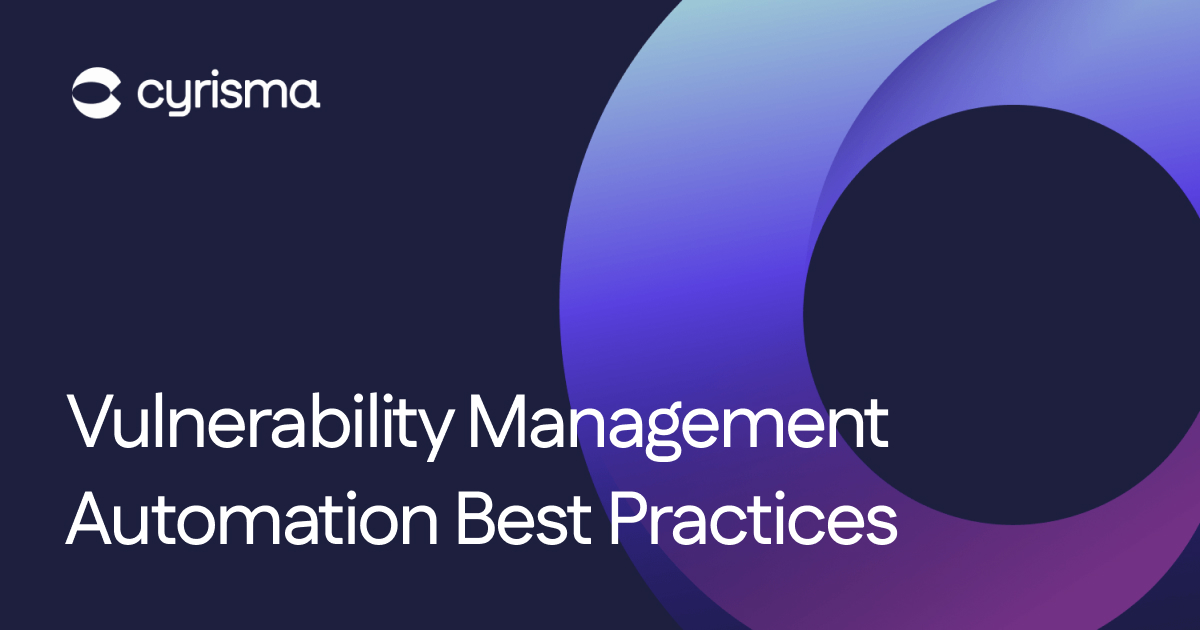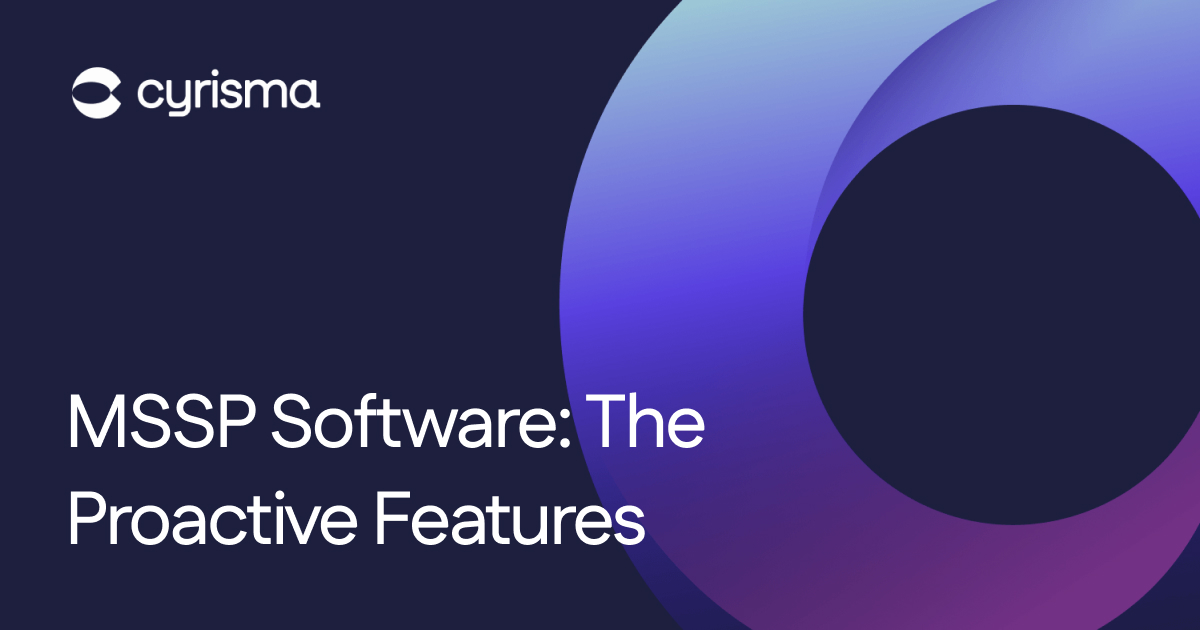Resources to help you build, scale, and win in cybersecurity

Guide: Vulnerability Management Automation Best Practices
Learn how to effectively implement vulnerability management automation to prioritize, scan, and remediate high-risk vulnerabilities in modern cyber environments.

Guide: Vulnerability Management Automation Best Practices
Learn how to effectively implement vulnerability management automation to prioritize, scan, and remediate high-risk vulnerabilities in modern cyber environments.

Guide: MSSP Software: The Proactive Features
Learn how to enhance your organization's defense posture by utilizing essential proactive MSSP software features, including asset discovery, data security, and vulnerability scanning.

Guide: MSSP Software: The Proactive Features
Learn how to enhance your organization's defense posture by utilizing essential proactive MSSP software features, including asset discovery, data security, and vulnerability scanning.

Guide: Vulnerability Prioritization Best Practices
Learn how security service providers can effectively prioritize vulnerabilities for many clients using a risk-based approach and key best practices.

Guide: Vulnerability Prioritization Best Practices
Learn how security service providers can effectively prioritize vulnerabilities for many clients using a risk-based approach and key best practices.

Vulnerability and Patch Management
Vulnerability Management covers the complete cycle of identifying, classifying, analyzing and mitigating security vulnerabilities in an organization’s IT environment (computer systems, devices, applications), with the end goal of closing security gaps and reducing cyber risk.

Vulnerability and Patch Management
Vulnerability Management covers the complete cycle of identifying, classifying, analyzing and mitigating security vulnerabilities in an organization’s IT environment (computer systems, devices, applications), with the end goal of closing security gaps and reducing cyber risk.

Data-Centric Cyber Risk Management
Security leaders have long agreed that implementing a well thought-through defense-in-depth strategy can significantly reduce an organization’s risk of data loss and prevent successful cyber-attacks. A multi-layer approach to security acknowledges that a cyber-attack involves multiple stages, from getting initial access to a company’s environment, to lateral movement, privilege escalation, command and control, to finally accessing and exfiltrating data. This means that even after getting initial access to an enterprise network, an attacker needs to go through multiple stages to get to their end goal, which in most cases is data exfiltration. By placing multiple layers of defense across their internal networks and endpoints, organizations can stop attackers – if not at the perimeter, then at one of the later stages of attack.

Data-Centric Cyber Risk Management
Security leaders have long agreed that implementing a well thought-through defense-in-depth strategy can significantly reduce an organization’s risk of data loss and prevent successful cyber-attacks. A multi-layer approach to security acknowledges that a cyber-attack involves multiple stages, from getting initial access to a company’s environment, to lateral movement, privilege escalation, command and control, to finally accessing and exfiltrating data. This means that even after getting initial access to an enterprise network, an attacker needs to go through multiple stages to get to their end goal, which in most cases is data exfiltration. By placing multiple layers of defense across their internal networks and endpoints, organizations can stop attackers – if not at the perimeter, then at one of the later stages of attack.

GRC for Cybersecurity Professionals
The convergence of escalating cyber threats, intensified regulatory scrutiny, and serious legal action following high-profile cyber incidents has propelled cybersecurity-focused

GRC for Cybersecurity Professionals
The convergence of escalating cyber threats, intensified regulatory scrutiny, and serious legal action following high-profile cyber incidents has propelled cybersecurity-focused
Turn risk into revenue
Get a Demo






